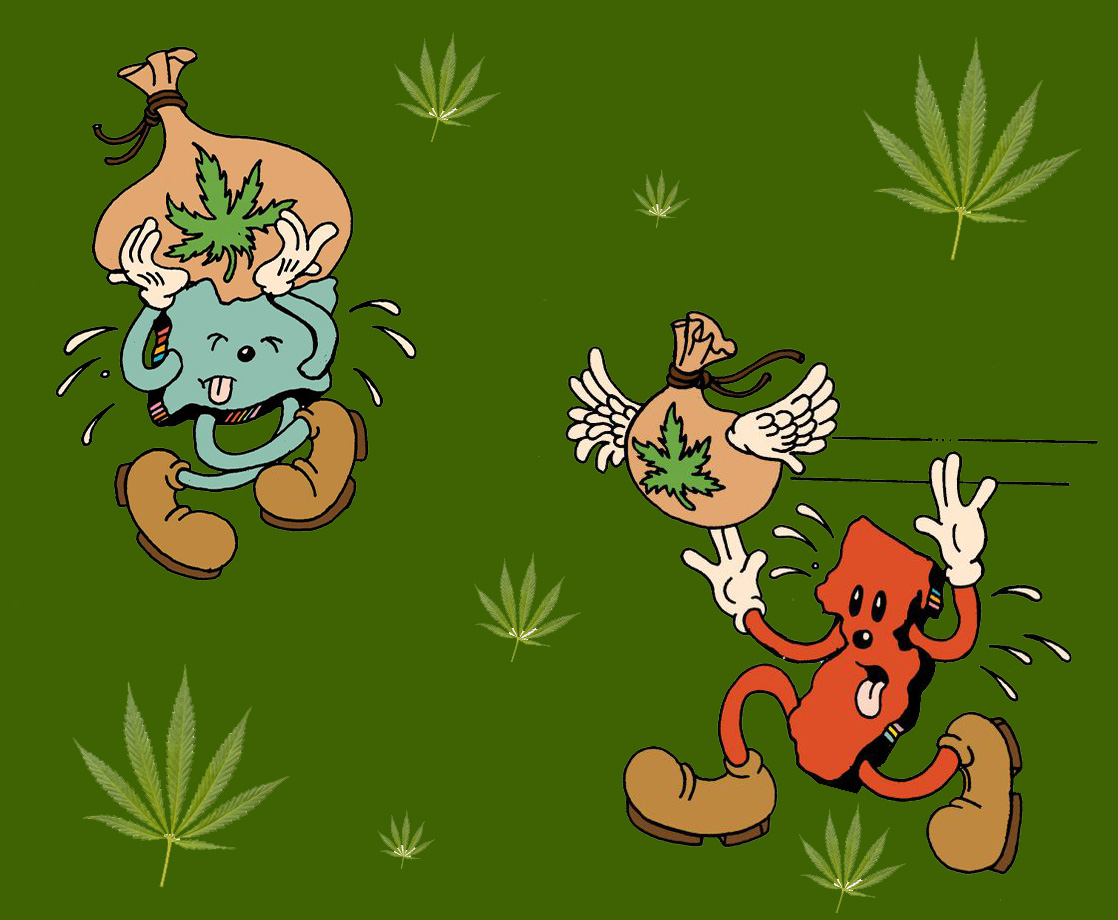Marijuana is a Schedule 1 drug, right up there with LSD, heroin, and MDMA. That’s a problem for many reasons: in particular, the potential this has for increased crime and drug trafficking.
Marijuana is the most commonly used illegal drug in America, as well as in most parts of the world. There are entire criminal organizations that are fixated on growing, importing, exporting and selling it, and this has implications for more than just the major players in the industry.
In 2013, there were almost 700,000 people arrested in the United States for marijuana-related crimes alone. Considering this in combination with America’s jaw-dropping $51 billion annual budget for the War on Drugs, there have been major changes in the last few years with regards to controlling marijuana in the US. The legalization, regulation and taxation of marijuana are estimated not only to cut this budget down drastically but actually feed money into the economy and into the government's pockets.
The fact of the matter remains that since marijuana is the most commonly used illegal drug in America, most drug dealers and street crimes have some sort of connection with it. While there are a lot of socioeconomic reasons behind the current circumstances surrounding cannabis consumption and distribution, we have to understand that the legalization of marijuana is largely due to arguments for lower crime rates and a safer environment. This, of course, is in addition to the financial boon states have to gain.
Crime Rates Slowly Dropping
In the first half of 2014, following marijuana legalisation, there was a noticeable drop in three crime categories in Denver, Colorado: homicide, sexual assault and robbery. While the numbers correlate with the legalization of marijuana, this does not necessarily imply causation. Furthermore, the differences in percentages were not dramatic, which may be due to the fact that the city itself isn’t home to as much violence as, for example, Detroit or Oakland, two of the country's most violent cities.
When you think about the economies of scale, this trend does suggest that legalisation in cities where a more sizeable portion of the population participates in the drug trade may have a more dramatic impact on crime rates. Of course, this has to be learned through action, not speculation.
Fewer Imports From Mexico
Mexico is the largest international supplier of marijuana in the United States, but the legalisation of marijuana in some states has impacted the market significantly. A study published in the Washington Post shows a correlation between legalisation of marijuana and a reduction in income for the cartels. Of course, there are other ways Mexican drug cartels might have an impact in America. With their share in the marijuana market shrinking, the industry has seen an increase in demand for harder drugs such as heroin.
Drug Dealers Aren’t Concerned
A piece published by ThinkProgress notes that although marijuana is now legal in DC, no casual smoker is going to invest $800-$1400 in growing equipment of their own. Some may even shun the taxed products, preferring the cannabis they’ve always consumed. As a result, the market for cannabis dealers is still quite large and will remain this way until there is a better alternative for users (or cannabis consumers become more accustomed to dispensaries). Since a majority of drug-related arrests are solely based off of possession, there may be a decline in arrests made. However, there is still going to be a turf war amongst drug dealers and their presence will remain strong until changes are made.
Reduces Danger to Teens
Marijuana legalization is having a domino effect all across America, a large part of which is due to normalization. Since it has been classified as a Schedule 1 drug, there is an obvious stigma attached to the dangers of it. However, many of the dangers come from the fact that it is criminalized and associated with gang-related violence. Normalization reduces danger by emphasizing marijuana education and governmental regulation.
While normalization is leading to a very slight increase in teen usage, with proper regulation we can virtually eliminate the risk of them buying and using dangerous, laced marijuana, even if they continue to obtain it illegally. It’s almost like getting teenagers to buy alcohol from adults they trust rather than from a stranger. Though perception of teenage substance use is controversial, we can agree that this is much safer than the alternative.
Data on the actual impact of legalization on street politics is still limited, but from what we can see, it has promise. There are still quite a large number of improvements that need to be considered to maximize its effect, but America’s legalization process is on the right track. So long as we keep the ball rolling, we’ll see a more effective government and a country with less dependence on street politics.











